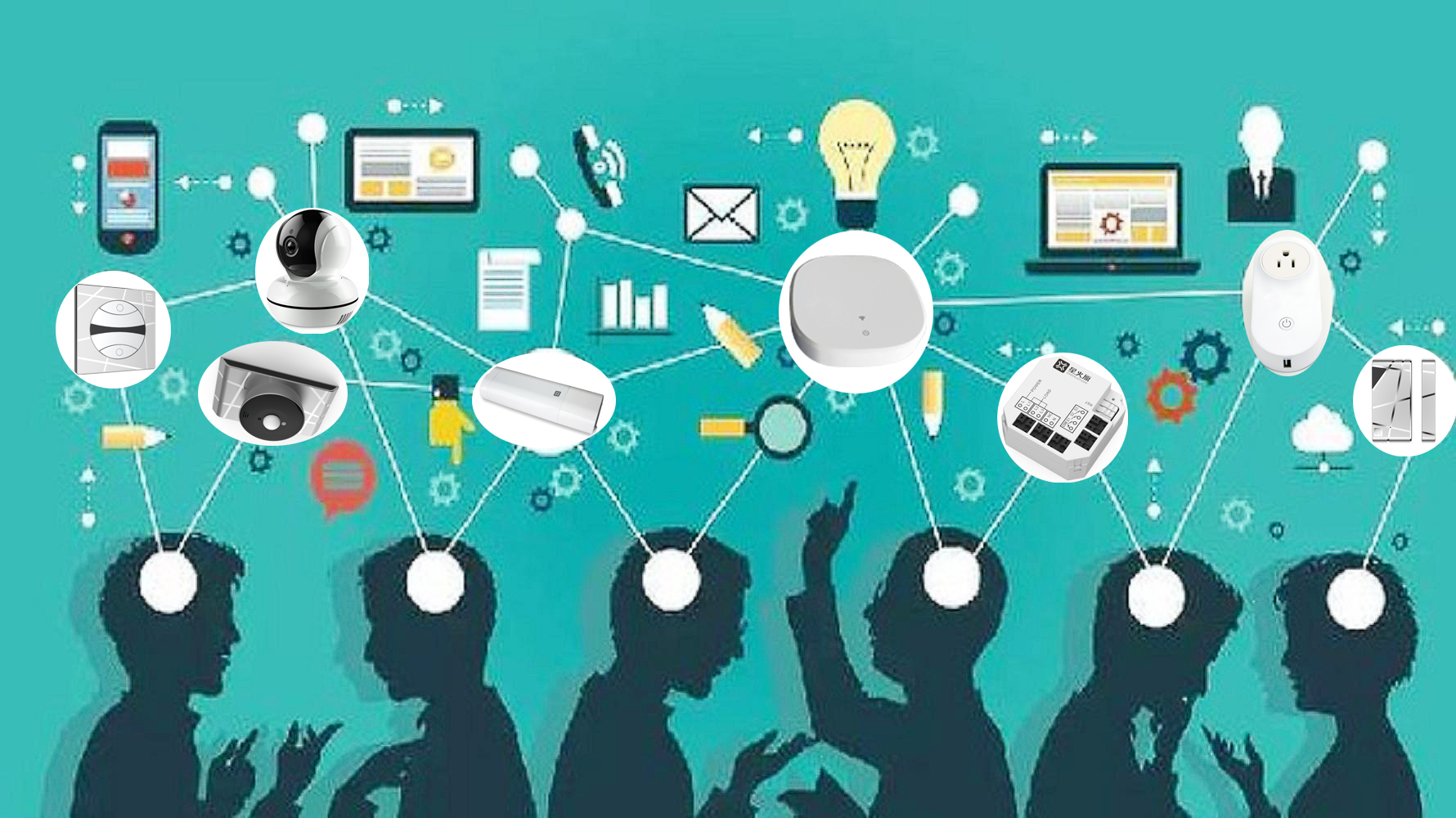Home automation gives you access to control devices in your home from a mobile device anywhere in the world.
Until fairly recently, automated central control of building-wide systems was found only in larger commercial buildings and expensive homes. Typically involving only lighting, heating and cooling systems, building automation rarely provided more than basic control, monitoring and scheduling functions and was accessible only from specific control points within the building itself.
Home automation is a step toward what is referred to as the “Internet of Things,” in which everything has an assigned IP address, and can be monitored and accessed remotely.
Automation
Automation refers to the ability to program and schedule events for the devices on the network.?The programming may include time-related commands, such as having your lights turn on or off at specific times each day. It can also include non-scheduled events, such as turning on all the lights in your home when your security system alarm is triggered.
Once you start to understand the possibilities of home automation scheduling, you can come up with any number of useful and creative solutions to make your life better. Is that west-facing window letting in too much light? Plug your motorized blinds into a “smart” outlet and program it to close at noon each day. Do you have someone come by at the same time each day to walk the dog? Program your home automation system to unlock the front door for them, and lock it up again when they’re done.
Remote Control
The other main characteristic of cutting-edge home automation is remote monitoring and access.?While a limited amount of one-way remote monitoring has been possible for some time, it’s only since the rise in smartphones and tablets that we’ve had the ability to truly connect to our home networks while we’re away. With the right home automation system, you can use any Internet-connected device to view and control the system itself and any attached devices.
The real hands-on control comes in when you start interacting with the home automation system from your remote app. In addition to arming and disarming your security system, you can reprogram the scheduling, lock and unlock doors, reset the thermostat and adjust the lights all from your phone, from anywhere in the world. As manufacturers are creating more and more “smart” devices and appliances all the time, the possibilities for home automation are virtually limitless.
Home Automation Components
What kinds of things can be part of a home automation system? Ideally, anything that can be connected to a network can be automated and controlled remotely.
Manufacturers have produced a wide variety of “smart” devices, many of which are full of innovative features but?few of which offer the kind of integration needed to be part of a complete home automation system.?Much of the problem has been that each manufacturer has a different idea of how these devices should be connected and controlled. So while you may have a “smart” TV, washing machine, refrigerator, thermostat, coffee maker or any of the other Internet-ready household devices on the market, the end result is usually a separate control scheme for each device.
In the near future, home automation may be standardized to let us truly take advantage of all of these additional possibilities.?For the time being, the home security providers that specialize in home automation have focused on the most critical and useful parts of a connected home. At a basic level, this means the doors and windows and environmental devices (thermostat, smoke detectors, temperature, humidity, fire and carbon dioxide sensors) that keep you safe and comfortable. For additional real-time security, convenience and control, home automation systems from security providers should also include options for video cameras. With the best systems, you’ll also be able to include lights and individual electrical outlets into your home automation package.
Energy Efficiency
One clear advantage of home automation is the unmatched potential for energy savings,?and therefore cost savings.
At the most basic level, home automation extends that scheduled programmability to lighting, so that you can suit your energy usage to your usual daily schedule. With more flexible home automation systems, electrical outlets or even individual devices can also be automatically powered down during hours of the day when they’re not needed. As with isolated devices like thermostats and sprinkler systems, the scheduling can be further broken down to distinguish between weekends and even seasons of the year, in some cases.

